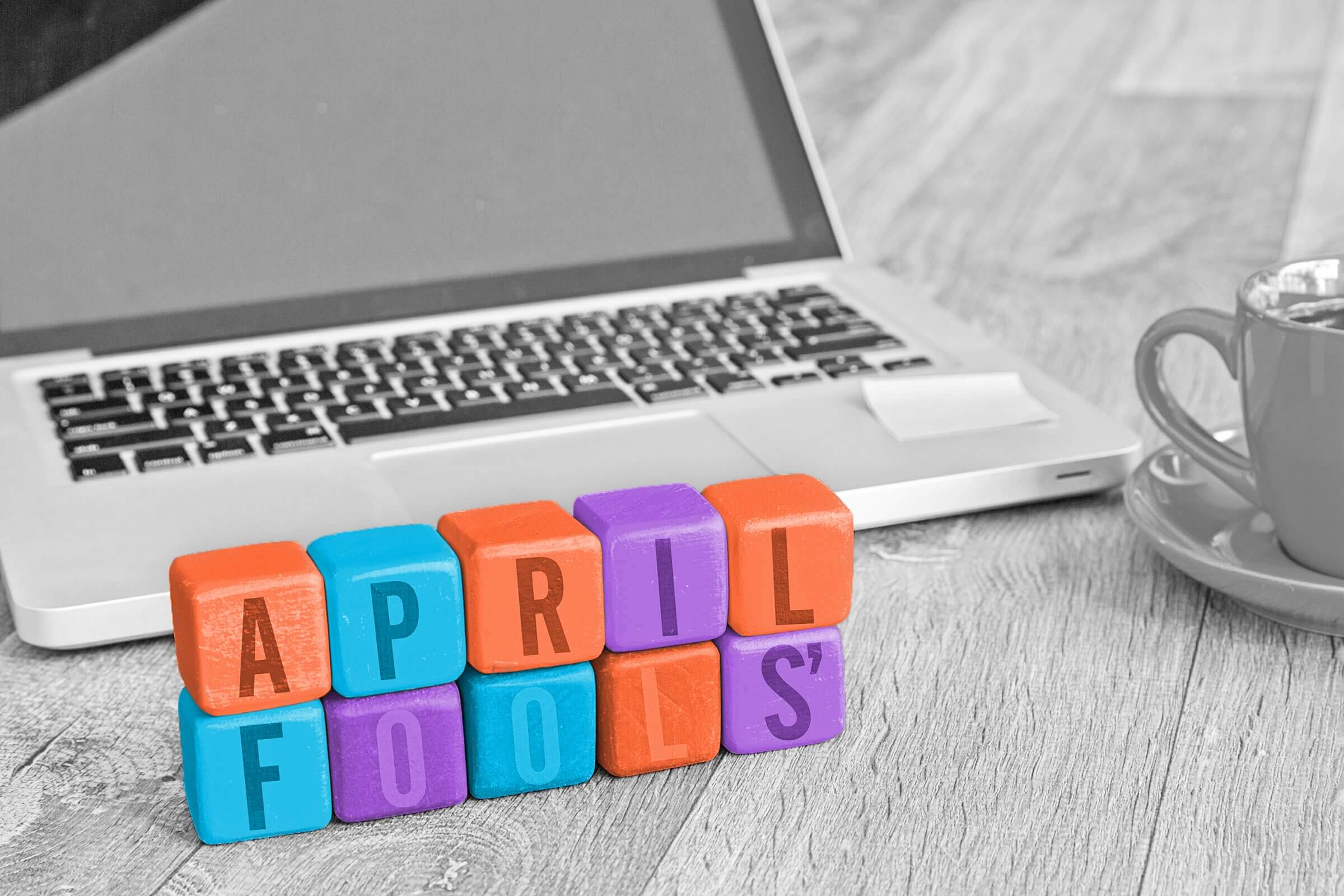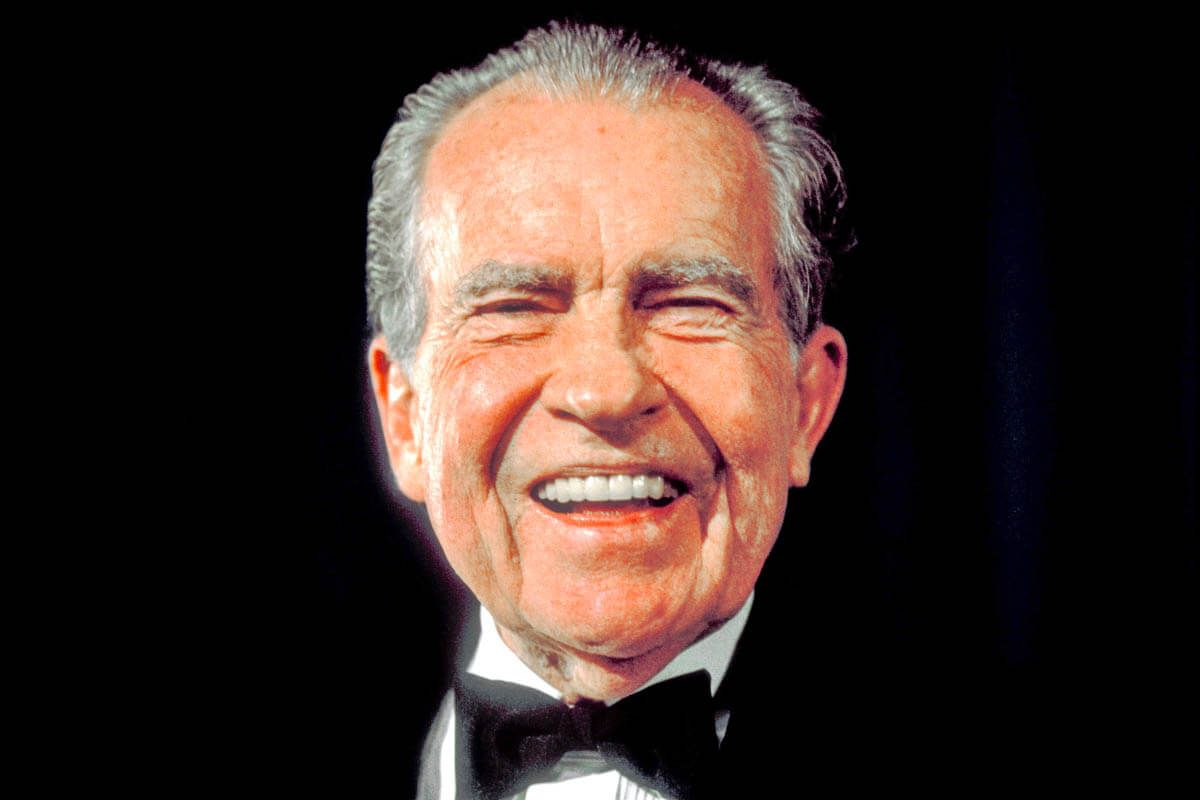

On April Fools’ Day, it’s hard to separate fact from fiction, as mischievous pranksters pull lighthearted gags around the world. On some occasions throughout history, April Fools’ pranks have even blossomed into ruses that fooled hundreds, if not thousands, of people. Whether it’s corporations, magazines, or broadcasting networks getting in on the fun, here are six famous and funny April Fools’ Day pranks.
The Spaghetti Tree

On April Fools’ Day 1957, the BBC informed viewers in England that there was a purported “spaghetti farm” in Switzerland where pasta grew on trees. The network aired a fabricated video featuring Swiss women harvesting spaghetti from an orchard, narrated by war correspondent Richard Dimbleby — a veteran broadcaster known for his straightforward demeanor, which only added to the prank’s believability. In his narration, Dimbleby noted that the annual harvest was expected to be particularly bountiful thanks to the eradication of the “spaghetti weevil,” which was considered to be the plant’s main predator.
At the time, many Brits were unfamiliar with Italian food, and hundreds of viewers called the BBC asking how they could grow spaghetti-producing plants of their own. In response, phone operators instructed the gullible callers to “place a sprig of spaghetti in a tin of tomato sauce and hope for the best.” The prank proved to be so believable that it even fooled BBC staff members, including the network’s general director, who researched the purported farm utilizing several independent sources before concluding that it was all a ruse.
Sidd Finch, the Flamethrowing Baseball Prospect

In 1985, the sports world was abuzz about a newly discovered pitching prospect for the New York Mets, named Hayden “Sidd” Finch. Finch was the focus of a lengthy Sports Illustrated magazine profile written by George Plimpton, though there was a catch. The article ran on April 1, 1985, and it was entirely fabricated.
Plimpton’s article introduced the nation to a “pitcher, part yogi and part recluse,” nicknamed after Siddhartha Gautama, aka Buddha. Finch’s shocking scouting report claimed that Sidd was capable of throwing a baseball 168 miles per hour, and was also pretty good at playing the French horn. The article was made more believable with quotes from well-known Mets players and coaches, as well as a detailed series of photos showing Finch in full uniform playing his French horn by the seaside and wearing only one shoe on the pitcher’s mound. In reality, photographer Lane Stewart had recruited a friend, Joe Berton, to stand in as Finch for the piece. Berton attended Mets’ Spring Training posing as Finch, interacting with other players and signing autographs for fans who were none the wiser.
Richard Nixon’s 1992 Presidential Campaign

If you were listening to NPR’s Talk of the Nation program on April 1, 1992, then you likely heard the shock of a lifetime. During that episode, disgraced former U.S. President Richard Nixon — who had resigned the presidency in 1974 — announced that he would seek the office in the 1992 election. Listeners were understandably confused, and called in to profess their opposition to the unexpected Nixon campaign. Later, though, they came to realize it was all a prank.
The ruse was concocted by NPR’s John Hockenberry, who had teamed up with political impersonator Rich Little. Little took to the airwaves doing his best Richard Nixon voice to announce his new campaign slogan: “I never did anything wrong, and I won’t do it again.” Given that Nixon had already been elected President twice, he was ineligible to run again, but that didn’t stop mayhem from ensuing before NPR copped to the prank after a few minutes of fun.
The Taco Liberty Bell

On April 1, 1996, the fast-food chain Taco Bell announced that they had acquired one of America’s most historic relics, the Liberty Bell. Taco Bell went all out by purchasing full-page advertisements in seven major local newspapers, including the Philadelphia Inquirer. In those ads, the fast-food chain announced that they had not only bought the Liberty Bell but officially renamed it “The Taco Liberty Bell.” Furthermore, they claimed that they had cut a deal with the government through which the purchase of the landmark would help the country to pay off the national debt.
The prank resulted in furious Americans calling the National Park Service to express their outrage. Despite public backlash, White House press secretary Mike McCurry joined in on the fun, jokingly announcing, “Ford Motor Company is joining today in an effort to refurbish the Lincoln Memorial. … It will be the Lincoln Mercury Memorial.” Joking aside, the gag was no small financial commitment for Taco Bell, as the advertisements cost $300,000 — though the whole prank ultimately generated around $25 million in ads, and sales spiked by $600,000 the next day.
Alex Trebek and Pat Sajak Switch Places

In 1997, game show viewers were understandably thrown off when Alex Trebek, the host of Jeopardy!, switched places with Pat Sajak, the host of Wheel of Fortune. On that evening’s Jeopardy! broadcast, Sajak emerged from behind the curtain to host a traditional episode of the show. Despite the Jeopardy! broadcast’s relative normalcy, it was on Wheel of Fortune where things got particularly wacky.
After Trebek showed up to the mild confusion of the Wheel of Fortune audience, he welcomed Lesly Sajak, Pat’s wife, to assist with flipping numbers. Furthermore, there were no normal contestants that night. Instead, Pat Sajak and his usual co-host Vanna White played for charity that evening. Sajak and White were tasked with solving humorous phrases such as “PAT I’D LIKE TO SOLVE THE PUZZLE” and really long words such as “SUPERCALIFRAGILISTICEXPIALIDOCIOUS.” In 2022, two more television staples followed in their footsteps, as Jimmy Fallon and Jimmy Kimmel switched up hosting duties for their respective late-night comedy shows on April Fools’ Day.
Google Gulp

Many of us have a thirst for knowledge, but Google once bottled that desire inside a seemingly tangible yet entirely fictitious product. On April Fools’ Day 2005, the tech giant unveiled the beta-version of Google Gulp, a soft drink jam-packed with Google’s “Auto-Drink” technology. Google claimed that the drinks were meant to increase each drinker’s cognitive ability, because the beverage had “a DNA scanner embedded in the lip of [the] bottle reading all 3 gigabytes of your base pair genetic data in a fraction of a second… to achieve maximum optimization of your soon-to-be-grateful cerebral cortex.” However, Google made the beverage hard to come by, stating that the only way to get a new bottle was to turn in an already used Gulp Cap — none of which existed, of course.
Google Gulp was just one in a long line of memorable pranks from the company. In 2013, they “unveiled” Google Nose, allowing users to smell what they were searching for. In 2018, Google hid the character Waldo on Google Maps, and the following year they added the mobile game “Snake” to that very same service. Funnily enough, one of Google’s most beloved products, Gmail, was launched on April 1, 2004. The email service seemed too good to be true at first and led many people to believe it was a hoax, before users ultimately realized it was a very real product.
